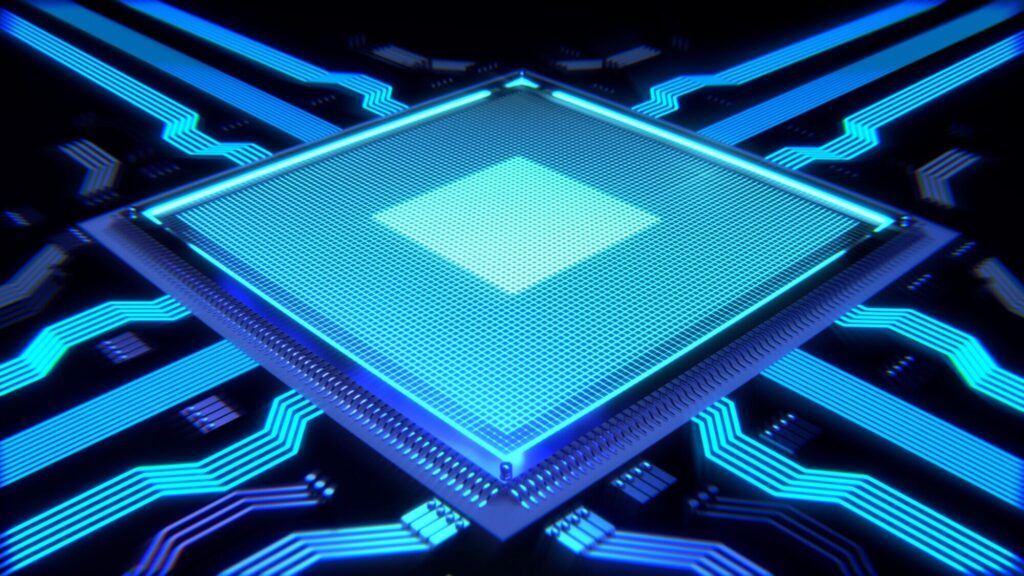In today’s digital landscape, the significance of security and efficiency cannot be overstated. With the rapid increase in smart devices, There is a reliance on data-driven applications.
Organizations are constantly searching for ways to protect sensitive information. They also need to optimize performance.
This is where microchip solutions come into play. It serves as the backbone of modern technology.
It not only enhances security protocols but also streamlines operations across various sectors. Keep on reading to learn more.
Understanding Microchip Solutions
Microchip solutions include small but powerful components. For example, microcontrollers and processors that help devices run smoothly. These tiny chips play a big role in powering everyday technology, from smartphones to medical devices.
Businesses and industries rely on them to improve speed, security, and efficiency in their operations.
The Role of Microchips in Smart Devices
Microchips are essential for making smart devices faster, smarter, and more efficient. These small but powerful components process information quickly. It allows devices to perform automated functions.
You can find them in a fitness tracker monitoring heart rate or a security camera detecting movement. Microchips enable real-time responses.
Smart home technology heavily depends on microchips for automation and energy management. Smart thermostats analyze user habits and automatically adjust temperatures. It cuts down on unnecessary energy use.
Likewise, there are microchips in smart appliances. For example, refrigerators and washing machines. They help optimize energy consumption, reducing costs and improving sustainability.
Enhancing Security with Microchip Solutions
Cybersecurity threats continue to grow, making data protection a top priority. Microchips strengthen security by using encryption and authentication to prevent unauthorized access.
These features help safeguard sensitive information in electronic devices. They can also be found in financial systems and personal gadgets.
For example, microchip-enabled banking cards provide secure transactions by encrypting payment details. This makes them difficult to clone.
In the automotive industry, modern car keys contain microchips that communicate with the vehicle. This prevents theft by ensuring only authorized users can start the engine.
Advanced Authentication Systems
There are now biometric authentication powered by microchips. They offer a safer and more convenient way to verify identity. There are also fingerprint scans, facial recognition, and iris detection. They can provide higher security levels than traditional passwords.
Smartphones and tablets increasingly use microchip-enabled fingerprint sensors for fast, secure access. Similarly, companies and government agencies rely on biometric microchips for restricted area entry. This ensures that only authorized personnel can access confidential data.
Authentication technology continues to grow over time. In doing so, microchips will continue to play a crucial role in strengthening security.
The Future of Microchip Solutions
The future of microchip solutions looks promising as technology continues to advance. There are innovations in materials and designs.
For example, patterned wafers, are at the forefront of enhancing performance and efficiency. These innovations allow for more compact and powerful chips. This also leads to better processing capabilities.
Smaller and More Powerful Chips
Advancements in microchip technology are leading to smaller yet more powerful designs. Engineers are developing patterned wafers and advanced semiconductor materials. These allow for better performance while using less energy.
These improvements mean that future microchips will be able to process information faster. They can also do so without overheating or draining battery life.
For example, modern smartphones are now equipped with ultra-efficient microchips. These allow them to run complex applications without lag.
Similarly, medical devices such as pacemakers and hearing aids benefit from these advancements. This makes them more reliable and energy-efficient.
Expanding the Internet of Things (IoT)
The rapid expansion of the Internet of Things (IoT) is driving demand for smarter and more efficient microchip solutions. More everyday objects are now connected to the internet.
For example, household appliances to large-scale industrial machines. These microchips allow devices to collect, analyze, and share data. This can lead to automation and improved efficiency.
In smart cities, microchip-powered sensors track everything from traffic congestion to pollution levels. These insights help officials optimize public transportation, reduce emissions, and enhance urban planning.
In agriculture, IoT-enabled microchips assist farmers by monitoring soil conditions. They can also predict weather changes and automate irrigation systems.
This technology leads to better resource management. There will also be higher crop yields and reduced water waste.
Stronger Security Features
As cyber threats grow, microchips are improving to keep data safe. There are now advanced encryption and authentication methods. They will help protect personal information from hackers and fraud.
One major innovation is quantum-resistant microchips, which can defend against powerful cyberattacks. Biometric chips are also getting better, making fingerprint, face, and eye scans more secure and accurate. These improvements will help protect devices and online payments. It can also protect sensitive government and medical data.
Energy-Saving Technology
Microchip makers are focusing on energy-efficient designs to reduce power use. New chips will perform better while using less electricity, helping both the environment and consumers.
For example, microchips in electric cars are improving battery life, allowing longer drives on a single charge. Data centers are also using low-power chips to cut energy costs and reduce heat production.
Even everyday devices like phones and laptops are getting energy-efficient chips. This helps batteries last longer between charges.
Smarter AI-Powered Chips
Microchips are becoming more advanced. This allows AI to work directly on devices instead of relying on the internet. This makes AI systems faster and more efficient.
Self-driving cars, for example, use AI-powered microchips. It instantly processes road and traffic data. This helps drivers react quickly to obstacles.
In healthcare, smart microchips help doctors by analyzing medical scans with high accuracy. As AI technology grows, microchips will continue to make smart devices even smarter.
Cost-Effectiveness of Microchip Solutions
Investing in microchip solutions can also lead to significant cost savings in the long term. By improving efficiency and reducing energy consumption, businesses can lower operational costs. Additionally, the enhanced security features help prevent costly data breaches and fraud attempts.
By integrating robust microchip solutions, businesses can mitigate these risks. They can also maintain their productivity. Investing in microchips is not just about immediate savings but securing the future of a business.
Embracing Microchip Solutions
As cyber threats grow, microchip solutions play a key role in keeping data safe and improving efficiency. These technologies help businesses protect important information while also making operations smoother.
As microchips continue to advance, they will support long-term growth and reliability. Adopting microchip solutions now can strengthen security and boost performance for the future.
For more related topics, check out the rest of our blog!







